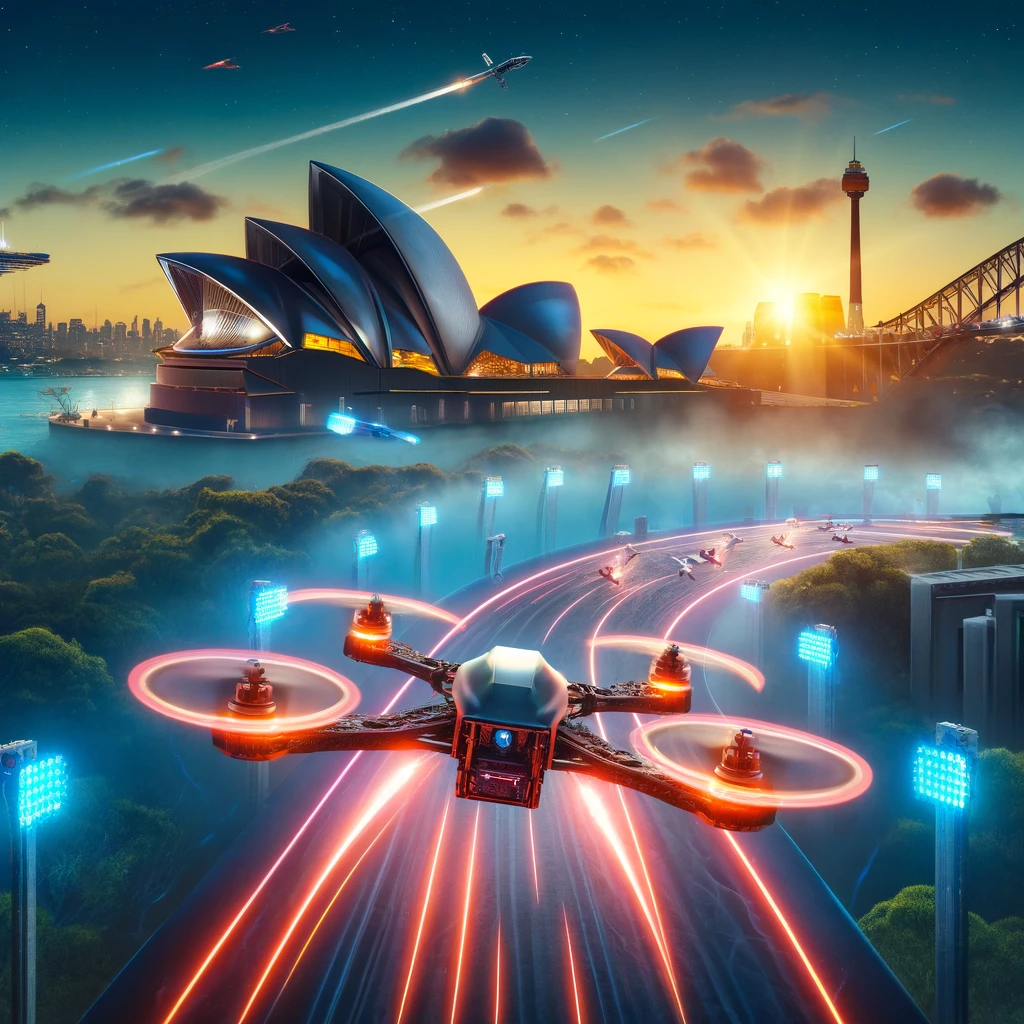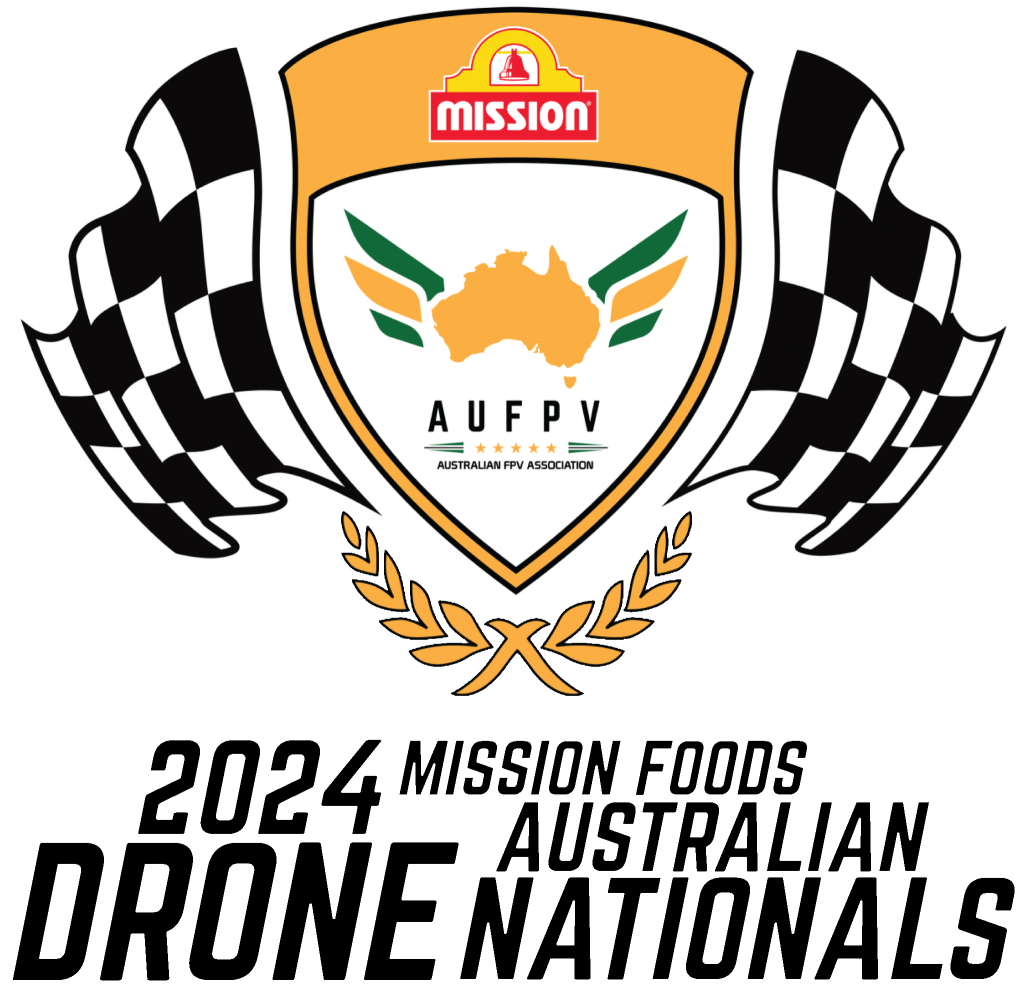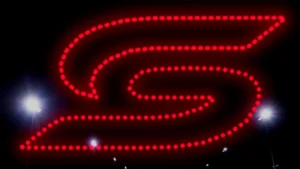
The Exhilarating Rise of Australian Drone Racing
Drone racing in Australia has taken the nation by storm, captivating audiences with its high-octane thrills and futuristic flair. This adrenaline-fuelled sport, where skilled pilots navigate agile drones through obstacle-filled courses at astonishing speeds, has witnessed a meteoric rise in popularity over the past decade. Social media platforms like Facebook have played a significant role in increasing the visibility and popularity of drone racing in Australia, allowing fans to engage with content, follow their favourite pilots, and access exclusive updates.
The Beginnings: From Hobbyists to Adrenaline Junkies
While drone racing has gained global recognition in recent years, its roots in Australia can be traced back to the late 2000s. Hobbyists and enthusiasts experimenting with FPV (First-Person View) flight and informal races laid the foundation for what has become a thriving community of drone racing enthusiasts. The formation of the first drone racing clubs in Australia was a pivotal moment in the sport’s early development, fostering a sense of community and providing a structured platform for competitions.
As technology advanced, so did the interest in drone racing. The creation of dedicated racing drones, equipped with advanced features and high-definition cameras, propelled the sport to new heights. Advancements in drone technology and engineering have been instrumental in the evolution of the sport, making drones faster, more agile, and more accessible to a broader audience. With the rise of social media and online streaming platforms, drone racing gained exposure to a wider audience, accelerating its growth across the nation.
The Thrill of the Chase: An Immersive Drone Racing Experience
Drone racing offers a unique form of thrill that sets it apart from traditional motorsports. Unlike watching from a distance, spectators are treated to an immersive experience, feeling the rush of wind and the excitement of the chase as the drones whizz by in a blur.
The aerial acrobatics and heart-pounding manoeuvres executed by skilled pilots add to the spectacle, keeping audiences on the edge of their seats. The buzz of the drones and the cheers of the crowd create an electric atmosphere, making each race a captivating and unforgettable event.
Embracing the Challenge: Skill, Precision, and Adaptability
While exhilarating, drone racing also presents a multitude of challenges for pilots. Exceptional hand-eye coordination, quick reflexes, and split-second decision-making are essential to navigate the intricate twists and turns of the courses.
Managing the technical aspects of the drones, such as battery life, signal connectivity, and flight characteristics, requires a high level of expertise. Pilots must constantly monitor and adjust their equipment to ensure optimal performance during races.
Weather conditions also pose a significant obstacle, especially in outdoor events. Strong winds, rain, or extreme temperatures can impact the stability and manoeuvrability of drones, forcing pilots to adapt their strategies and techniques in real-time. This adaptation not only tests their piloting skills but also their understanding of science, as they apply scientific principles to overcome environmental and technical challenges in the fast-paced world of drone racing.

The Australian Drone Racing Community: Rising Stars and Events
As the sport grows, Australia has produced several talented pilots and teams who have made a name for themselves through their exceptional skills and achievements. One prominent pilot, Rudi Browning, is known for his technical prowess and innovative approaches to racing, consistently performing well. The Australian Army Drone Racing Team (ADRT) has also made significant contributions, showcasing the growth and positive community impact of drone racing within the army, attending various events and achieving competitive success.
The Australian Drone Nationals, organised annually by the Australian FPV Association (AUFPV), is one of the most prestigious events in the country. This national championship brings together the nation’s top drone pilots, allowing them to battle for the coveted title of the fastest and most skilled racer. The demand for Australian drone racing teams to attend various qualifying events across the country highlights the competitive process and the importance of these events in determining the nation’s top competitors.

Safety First: Regulations and Guidelines for Responsible Racing
Safety is paramount in drone racing, and strict regulations are in place to ensure the well-being of participants and spectators. The Civil Aviation Safety Authority (CASA) governs the rules and regulations for drone operations in Australia, including restrictions on flight altitude, proximity to people and property, and the need for appropriate licences and certifications for commercial operations.
Event organisers and pilots implement additional safety measures, such as designating spectator areas, installing safety nets or barriers, and requiring protective gear like goggles and helmets. Proper training and certification for drone pilots, as well as insurance coverage for events and competitions, are essential components of responsible drone racing in Australia.
As the popularity of Australian drone racing continues to soar, the sport promises to captivate audiences with its adrenaline-fuelled action, technological marvels, and the remarkable skills of its pilots. Buckle up and prepare for an exhilarating ride through the skies as this high-octane spectacle takes flight.
FAQs
Is FPV illegal in Australia?
You can fly FPV indoors for sport or recreation provided the drone can’t get out of the building. You do not need CASA approval. If you want to fly FPV outdoors, you must either: be a member of a model aircraft association that has approval to fly FPV.
How much does a professional racing drone cost?
Racing drones are designed for speed and agility. They are equipped with powerful motors, high-performance cameras, and a first-person view (FPV) system. The average cost of a racing drone ranges from $200 to $1,000
How fast do drones go in drone racing?
The most commonly used models of drones can achieve approximately 70km/h, while some top models can reach speeds of up to around 100km/h. When it comes to racing drones, they often exceed 160km/h, with the world record reaching an astonishing 360km/h.
Get Started Today
Drone Sky Shows is dedicated to breaking down the barriers to accessing high-quality drone entertainment. With our innovative approach and commitment to affordability, we are opening up new possibilities for storytelling and celebration that were previously unimaginable.
Book your wedding or event from April to the 1st of October and receive 50% OFF the standard pricing!
Get in touch to see how we can make your next event extraordinary.







